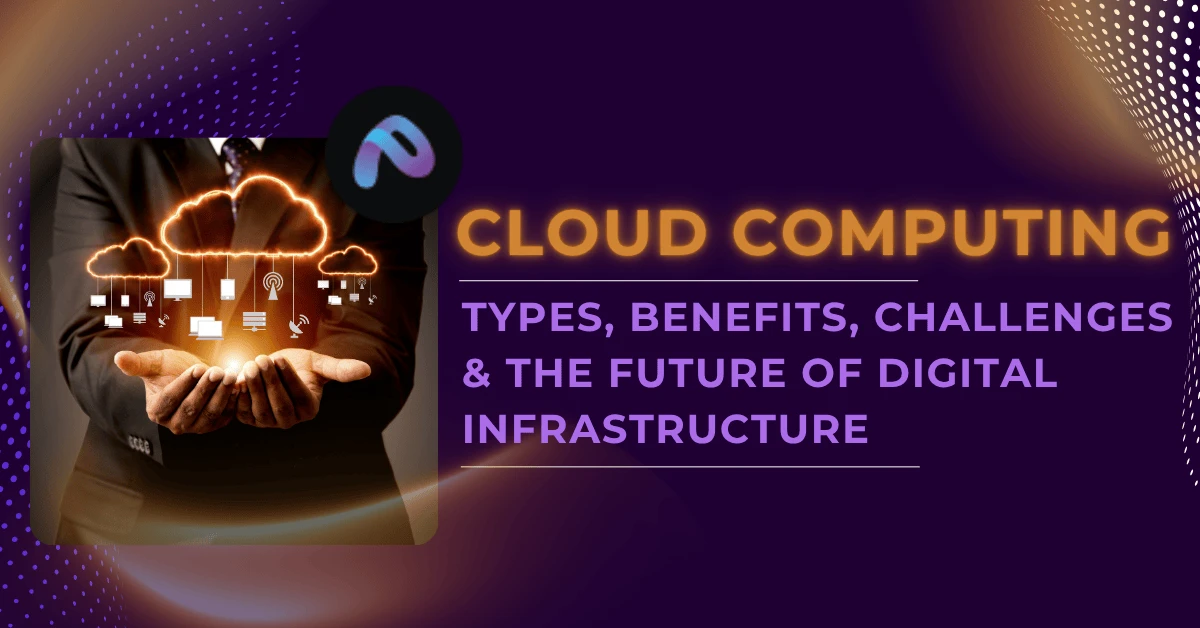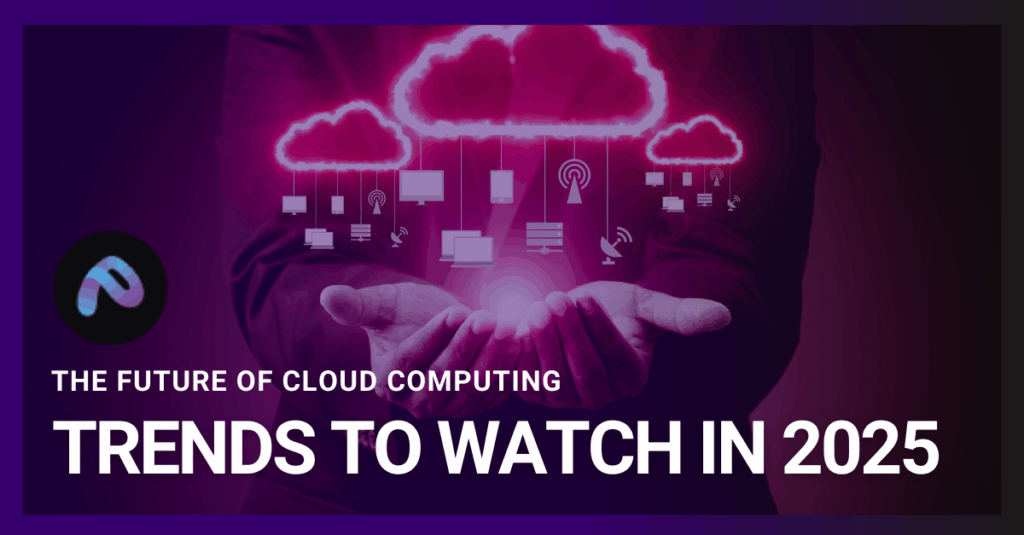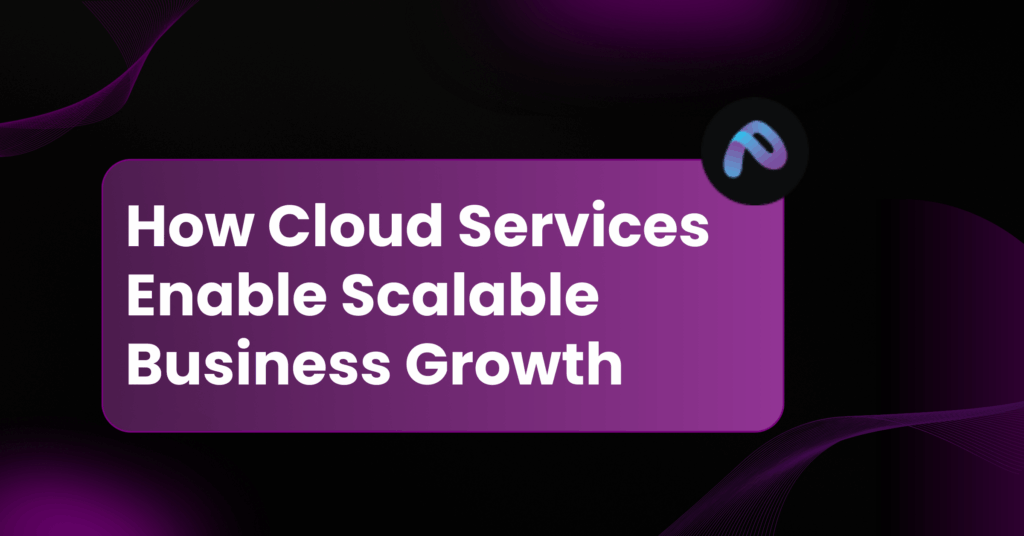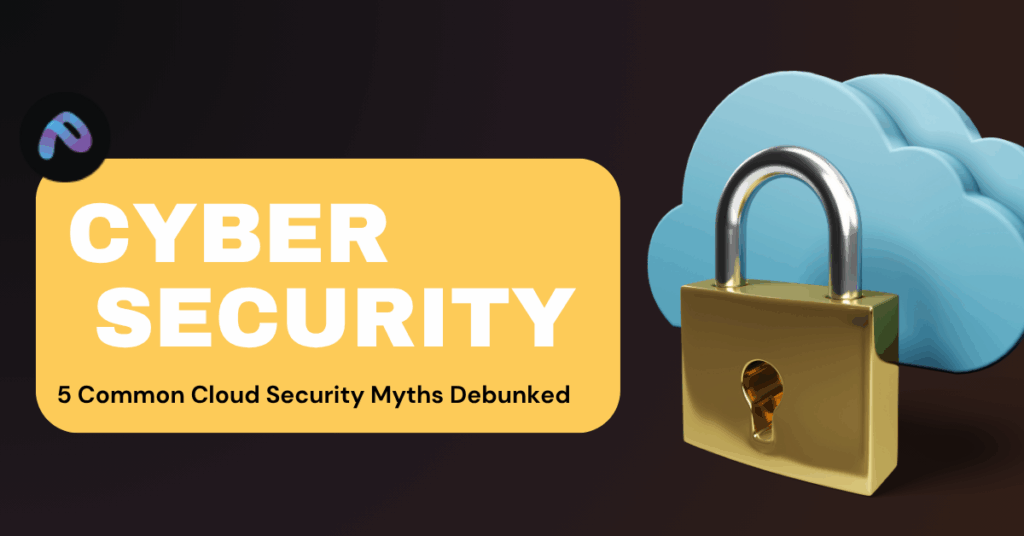In the modern digital landscape, businesses and individuals are increasingly relying on cloud computing to streamline operations, improve accessibility and reduce infrastructure costs. From data storage to powerful AI capabilities, the cloud has revolutionized how we interact with technology. In this blog, we’ll explore the ins and outs of cloud computing from its definition and types to the advantages, drawbacks and
what the future holds.
What is Cloud Computing?
Cloud computing is the delivery of computing services including servers, storage,databases, networking, software, analytics and intelligence over the Internet (“the cloud”) to offer faster innovation, flexible resources and economies of scale.Instead of maintaining physical servers or hard drives, users can access and store data remotely via the internet. This eliminates the need for managing infrastructure and allows businesses to scale services on demand. Whether it’s streaming a movie on Netflix or accessing emails on Gmail, cloud computing powers much of our everyday
digital activity.At its core, cloud computing allows users to rent computing power and storage from data centers operated by cloud providers, instead of owning and maintaining costly IT infrastructure.
Types of Cloud Computing
Cloud computing is categorized into different service models based on the level of control, flexibility and management required by users.
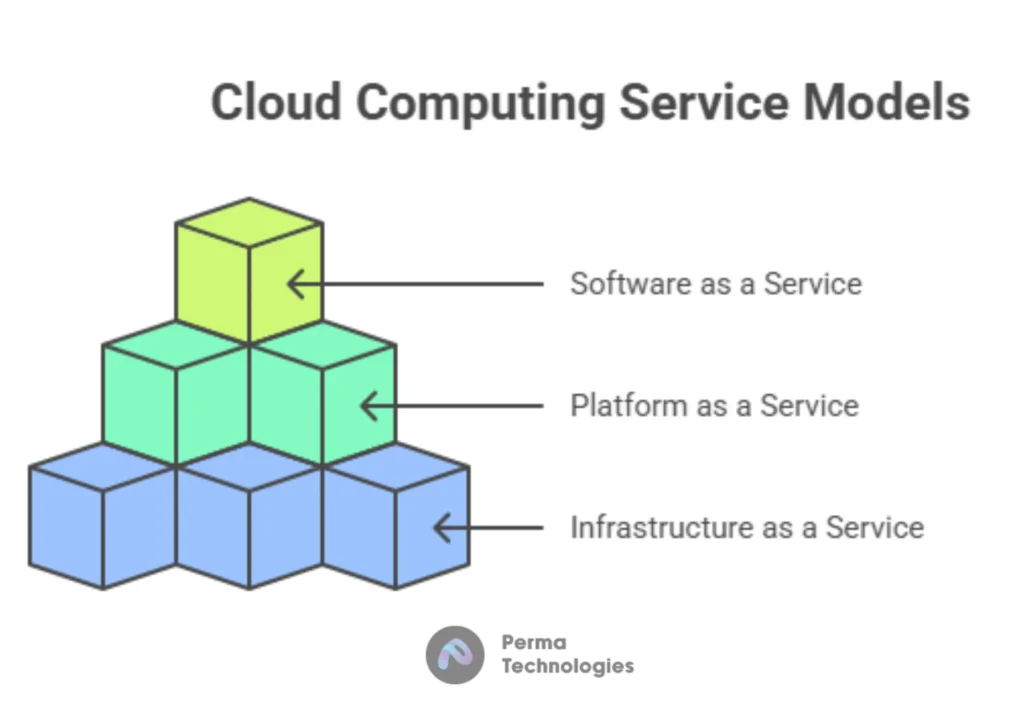
The three main types are:
1. Infrastructure as a Service (IaaS)
IaaS offers basic computing infrastructure servers, storage and networking resources on a pay as you go basis. It provides the building blocks for IT operations and is ideal for system administrators and developers.
Examples:
- Amazon EC2
- Google Compute Engine
- Microsoft Azure Virtual Machines
2. Platform as a Service (PaaS)
PaaS provides an environment for developers to build, test, and deploy applications without worrying about the underlying infrastructure. It includes operating systems, development tools, database management, and more.
Examples:
- Google App Engine
- Microsoft Azure App Services
- Heroku
3. Software as a Service (SaaS)
SaaS delivers software applications over the internet, on demand and typically on a subscription basis. Users access the software via a web browser without installing or maintaining it.
Examples:
- Salesforce
- Dropbox
- Microsoft 365
- Zoom
Types of Cloud Deployments
Cloud deployment models determine how the cloud services are made available and who has access to them. The main types are:
1. Public Cloud
In a public cloud, services are delivered over the internet by third party providers. It offers cost efficiency, high scalability and ease of use but may have limitations in security and customization.
Examples: Amazon Web Services (AWS), Google Cloud Platform (GCP), Microsoft Azure.
2. Private Cloud
A private cloud is exclusively used by a single organization. It provides greater control and security, making it suitable for industries with strict compliance requirements like finance or healthcare.
Examples: VMware Cloud, OpenStack.
3. Hybrid Cloud
A hybrid cloud combines public and private clouds, allowing data and applications to be shared between them. It provides flexibility, scalability and security, balancing the best of both worlds.
Example: A company may run sensitive applications in a private cloud and use the public cloud for less critical resources.
4. Multi Cloud
Multi cloud refers to the use of multiple cloud services from different providers to avoid vendor lock in and improve redundancy and performance.
Cloud Computing Examples
Cloud computing is embedded in many aspects of personal and business activities:
- Entertainment: Netflix and Spotify stream content from cloud servers.
- Storage: Google Drive, Dropbox, and OneDrive offer cloud based file storage.
- Collaboration: Tools like Slack, Trello and Microsoft Teams run on cloud platforms.
- E-commerce: Shopify and BigCommerce are SaaS platforms enabling online sales.
- CRM & ERP: Salesforce and Oracle provide enterprise level cloud based business solutions.
- AI & ML: Google Cloud AI and AWS SageMaker provide platforms to train and deploy machine learning models.
Leading Cloud Computing Companies
Several tech giants dominate the cloud space, offering a wide range of services:
1. Amazon Web Services (AWS)
The largest and most widely adopted cloud platform, AWS offers over 200 fully featured services from data centers globally.
2. Microsoft Azure
Azure integrates well with Microsoft’s software products and is a top choice for enterprises using Windows-based IT infrastructure.
3. Google Cloud Platform (GCP)
Known for big data and machine learning capabilities, GCP offers robust services tailored for data driven businesses.
4. IBM Cloud
IBM offers cloud and AI solutions, focusing on hybrid cloud strategies and enterprise needs.
5. Oracle Cloud
Oracle’s cloud infrastructure supports enterprise applications, particularly databases and ERP systems.
6. Alibaba Cloud
A dominant cloud provider in Asia, offering scalable computing, networking and security services.
Benefits of Cloud Computing
Cloud computing provides numerous advantages that explain its explosive adoption:
1. Cost Efficiency
No upfront investment in hardware or infrastructure. Pay as you go models allow businesses to only pay for what they use.
2. Scalability and Flexibility
Quickly scale resources up or down based on demand. Ideal for startups and enterprises alike.
3. Accessibility and Mobility
Access data and applications from anywhere with an internet connection, facilitating remote work and global collaboration.
4. Automatic Updates
Cloud providers manage system updates, security patches, and maintenance automatically.
5. Disaster Recovery
Cloud backups ensure data resilience and faster recovery in case of failures or cyber attacks.
6. Innovation Speed
Deploy new applications and experiment with new services rapidly without delays from hardware procurement.
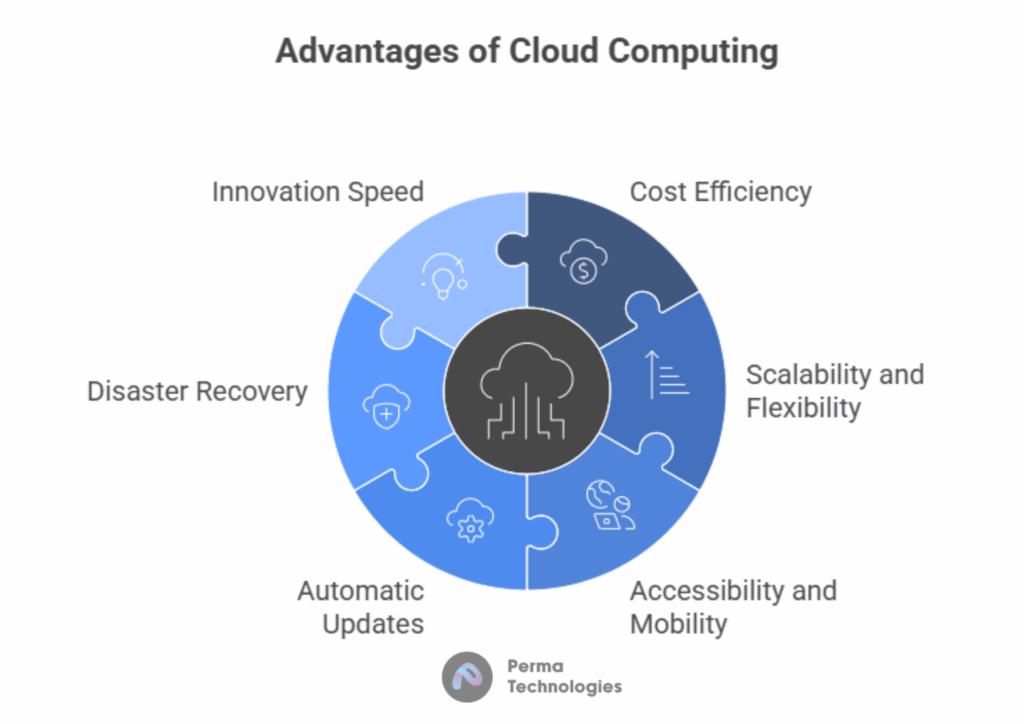
Disadvantages of Cloud Computing
Despite its many benefits, cloud computing has a few drawbacks:
1. Security Risks
Storing sensitive data in the cloud introduces risks of data breaches, though providers offer robust security measures.
2. Downtime
Service outages can occur, disrupting business operations. Dependence on internet connectivity adds another layer of vulnerability.
3. Limited Control
Users have less control over the infrastructure and may face constraints in terms of customizations or configurations.
4. Vendor Lock in
Switching providers can be complex and costly due to differences in platforms, tools, and data formats.
5. Hidden Costs
Unexpected charges can arise if resources are not managed carefully, especially in pay as you go models.
Future of Cloud Computing
The future of cloud computing is brimming with innovation and growth. Here’s what lies ahead:
1. Edge Computing
To reduce latency and bandwidth issues, computing will move closer to the data source. Edge computing enables real time processing, especially vital for IoT devices.
2. AI and ML Integration
Cloud providers are integrating AI and machine learning tools directly into their platforms, enabling businesses to develop smart applications with minimal infrastructure hassle.
3. Quantum Computing
Still in its early stages, quantum computing in the cloud promises to solve problems that are currently computationally impossible.
4. Serverless Architectures
Serverless computing allows developers to build applications without managing servers, improving scalability and reducing operational overhead.
5. Sustainability Initiatives
Cloud providers are investing in green data centers powered by renewable energy to reduce environmental impact.
6. Increased Regulation and Compliance
With growing data privacy concerns, cloud computing will see increased government regulation, requiring providers to adapt to stricter compliance standards.
Conclusion
Cloud computing has reshaped the way we store, process, and access data. With a wide range of deployment and service models, it offers something for every type of user from individuals needing basic storage to enterprises running complex workloads.As the cloud continues to evolve, embracing trends like edge computing, AI and sustainability, it will become even more integral to our digital lives. Organizations that adopt cloud strategies today are positioning themselves for scalability, innovation, and long term success.

